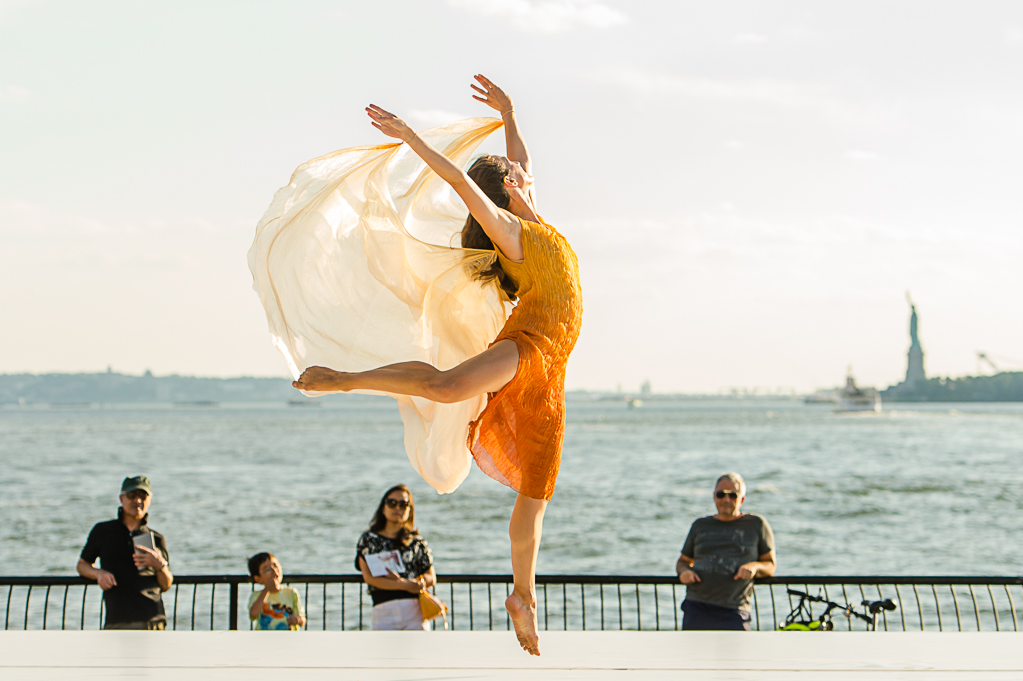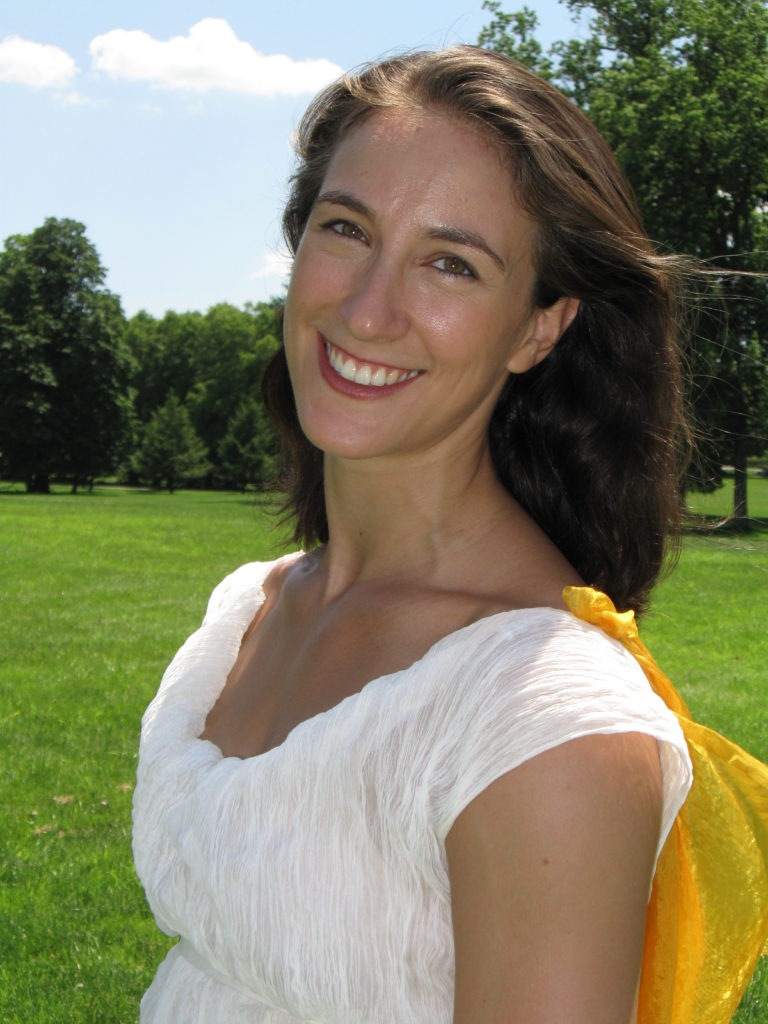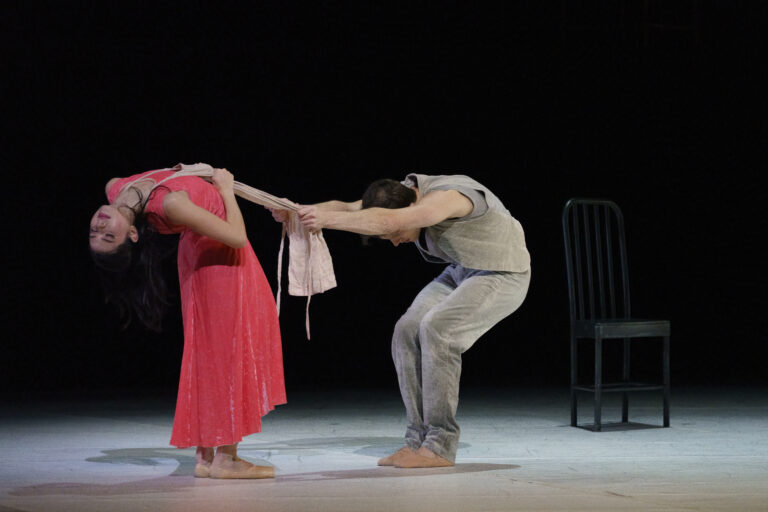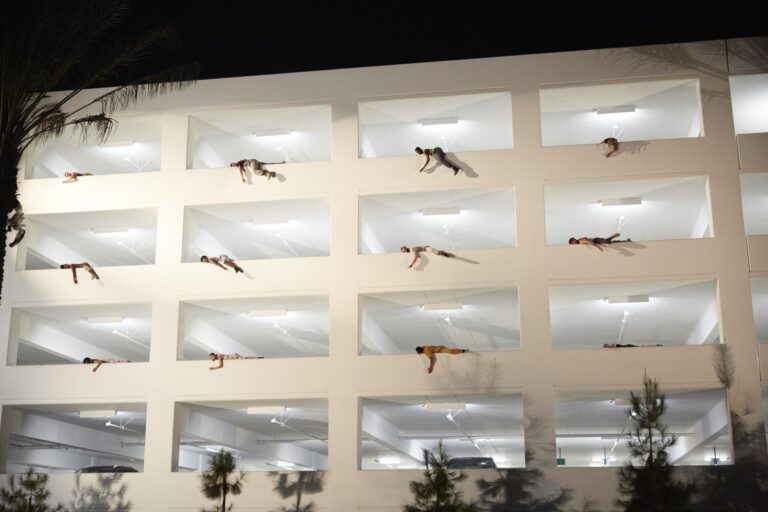
When we think of Isadora Duncan, we tend to think of ethereal, bare-footed dancers in flowing tunics, arms wafting above. But Lori Belilove & The Isadora Duncan Dance Company principal Elizabeth Disharoon Wright believes that the sense of lightness the mother of modern dance evoked is actually quite complex, based in a system of exercises and imagery that can aid dancers struggling to achieve this quality in any form.
Below, Wright—who has also taught at the South Carolina Governor’s School for the Arts and Humanities—gives her top tips on helping students embody the elusive quality of lightness.

Contrast Is Key
Lightness is in many ways an illusion; what seems to be a singular quality is actually the result of contrast. “What I experience is not necessarily lightness in isolation, but the intentional use of weight across the continuum from heavy to light,” says Wright, who adds that this is one thing she sees as distinguishing the beginner from the advanced dancer. “Knowing when to live in that ethereal space and when to come back down to earth, that’s part of the dancer’s toolbox. If you’re just doing lightness, the audience isn’t seeing lightness.” Wright sees Duncan’s use of contrast across her repertoire—the difference between light dances like Butterfly and Dance of the Blessed Spirits and heavy dances like Mother or The Russian Worker Songs—but also within each individual piece.
Lean Into Gravity
When working with students on developing the full spectrum of weight qualities, Wright’s first step is to help them understand the effects of gravity. “The number one way to create lightness is by creating oppositional energy,” she says. “The strength of the legs pushing down into the earth will propel the body upwards.” She helps them find this sensation through a series of exercises including falls, and Duncan exercises called wheels and bobs. Dancers stand in a turned-out second position with their arms extended by their ears, looking up. “From the solar plexus, reach as far as you can in all directions, so you’re seeing the top and the bottom of the circle,” says Wright. Dancers then sink back into plié at the bottom of the wheel, feeling the pull of gravity.
“The Upper Body Is the Melody”
“Isadora Duncan said that her body is the orchestra,” says Wright. “The lower body tends to be the rhythm section, the underpinnings of the strength, and the upper body is more of the melody; it’s telling the story.” Once dancers feel stabilized in their lower bodies through wheels and bobs, Wright turns to sways, which help to achieve a sense of lightness in the arms. Dancers take a slight plié with arms raised and shift their weight side to side. Wright explains that doing both exercises is important and helps to unify both halves of the body.
Wright comes back to the arms throughout class, often with a focus on natural imagery. “I think of the solar plexus as the motor, with the arms flowing out like ribbons,” she says. “We also talk about waves, or trees.”

Gradations of Plié
A key difference that Wright sees between Duncan technique and other forms of modern dance is the use of plié. In Duncan’s work there’s a greater sense of gradation between plié and relevé. “From the rise you immediately begin bending the knees as the ankles gradually soften, so it’s a smooth continuum,” says Wright. “You don’t go through that straight-leg heel-on-the-floor moment.”
She sees this as training the soleus muscle, located along the back of the calf, to eventually allow dancers to jump, in certain situations, without their heels ever touching the floor, cushioning the hips, knees and ankles and creating an illusion of lightness. This technique also comes in handy when it comes to especially fast movement. Another benefit? “The sound we hear with jumping usually comes from the heels hitting the floor,” says Wright. “When jumps are silent, that leads to a greater sense of lightness.” Wright has students practice this transition at the barre, standing in a turned-out first position and going from plié to relevé again and again without ever straightening the legs while the heels are on the floor.
The Three Levels of the Gaze
The correction Wright most often finds herself giving her students is to not look at the floor, a common mistake that immediately cuts off a sense of lightness. Explaining the three levels of the gaze in Duncan technique helps them to become more aware of where they’re looking. “There’s the earth level, where you’re looking down and feeling the heat of the earth, then the human level, where you’re looking around at other dancers and the stage, and lastly the up focus, looking towards the sky at the heavens,” says Wright. Where dancers send their gaze goes hand in hand with the way they use their weight. “Weight is such an important part of the dancer’s toolbox,” adds Wright. “Being able to play with gravity and contrast at any given moment is one of the brilliant breakthroughs of modern dance.”




